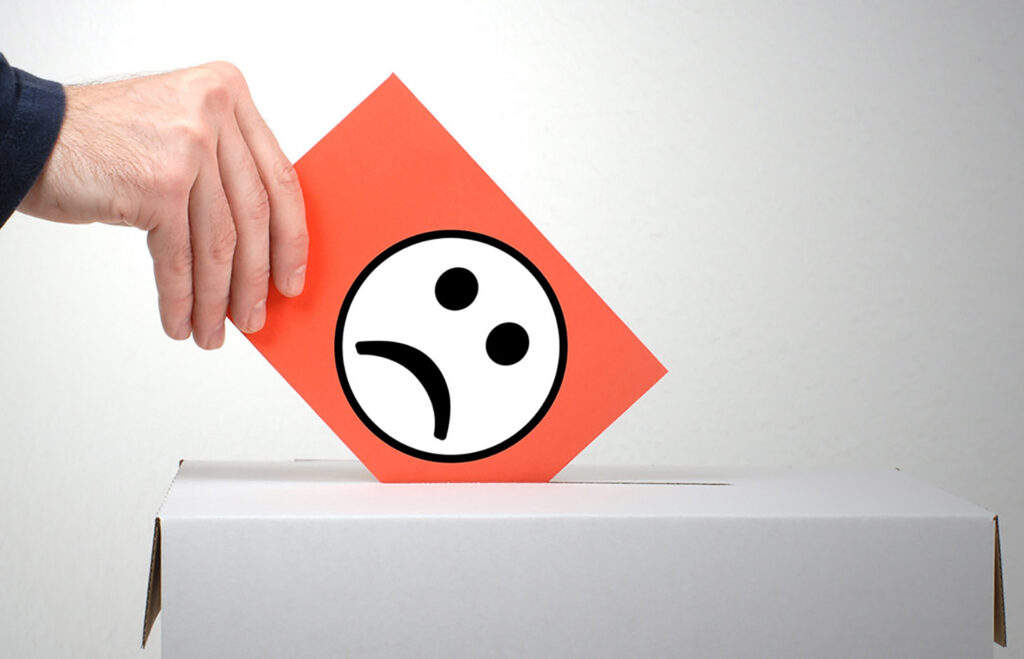Contract length: It’s a real tight rope, isn’t it?
On the one hand, there’s the need to create a low barrier to entry. Free trials, short contracts, and usage-based pricing all make it very easy for customers to sign up.
But how do you get them to stick around?
SaaS businesses making less than $10 million a year see a median churn rate of 20%. This obviously makes retention a major concern. While there are many factors that contribute to your business’s churn rate, contract length is one that many companies might not consider enough.
Multi-year contracts of around 2.5 years in length or more have an average churn rate of 8.5%. Unfortunately, only about 11% of SaaS contracts fall into that sweet spot on average. Month-to-month contracts, on the other hand, have a churn rate of over 16%.
It’s clear that longer contracts equal a lower churn rate, but why? And how should it influence your business model?
Why Churn Rate Works This Way
One simple reason that longer contracts reduce churn is they vastly reduce the number of decisions a customer has to make about your product. Annual customers are likely to stick around for at least a year, no matter what happens.
Monthly customers, on the other hand, are in a position to re-evaluate how they feel about your product every few weeks.
With short-term contracts, a single moment can impact your future with the customer. That’s a big deal when 54% of customers would leave a brand after one bad experience. This is especially true in the case of products that are easier to ‘rip and replace’ like a video conferencing platform compared to, say, a CRM or billing platform.
Longer contracts also inspire customers to use your product more—they’ve made an investment and they want to get their money’s worth, after all.
A 2019 report revealed businesses are wasting roughly 27% of the money they spend on software. In other words, it’s not uncommon for businesses to buy more than they need and regret it later. Customers that use your product enough to derive real value from it are less likely to churn.
This isn’t to say long-term contracts are fool-proof.
Interestingly, at the 1.5-year mark, the average churn rate actually spikes to 15%—one percentage point higher than even month-to-month contracts. While it’s impossible to say exactly why this is, one reason may be it’s the point at which businesses decide whether to rip and replace or go in for the long haul.
So, what’s the sweet spot? The happy middle that keeps you and the customers content?
To really understand the relationship between contract length and churn rate, you have to think about why customers leave in the first place.
Why Churn Happens in SaaS
Regardless of contract length, there’s usually an inciting incident of some kind that inspires a customer to leave. Consider the most common reasons customers churn.
- Weak customer service: About 58% of consumers will switch companies to find better customer service. No matter the length of your contracts, customer service has an enormous influence on retention.
- Barrier to use: Software usually comes with a learning curve. However, the harder it is for a customer to onboard and adapt to your product, the more likely it is they’ll churn. By encouraging clients to stick around and supporting them through the learning curve, longer contracts give your customers the chance to derive better results from your product.
- Poor product-market fit: Naturally, if your product doesn’t align with the needs of the customer, they’ll churn out. Monthly subscribers may be looking to test the relevance of your products to their needs. Annual subscribers may go in with more confidence that you’re a good fit for them. To that end, carefully targeted marketing and sales contributes to a lower churn rate.
- Price vs. value: Finally, price. While most customer considerations don’t begin and end at price, it’s always a factor. If the customer isn’t deriving enough value from your product in relation to the price they’re paying, they’ll likely leave eventually, regardless of contract length.
Pushing for longer contracts may help eliminate some of these churn factors. However, that doesn’t mean you should de-emphasize short-term contracts from your business model.
Can You Still Be Flexible?
Many SaaS businesses are finding success with low-barrier-to-entry offerings that transition into long-term relationships.
- On24: Despite offering demos and shorter-term contracts, On24 customers are mostly signed up for annual contracts. In fact, 27% of On24 customers are signed up for multi-year contracts.
- Microsoft: Microsoft Office has 200 million long-term users, despite offering short contracts, free trials, and reduced cost upgrades.
- Salesforce: Salesforce offers free trials and month-to-month subscriptions, but features a 91% customer retention rate. Most contracts are annual and many extend to between 3-5 years on the enterprise level.
It seems low-barrier-to-entry opportunities are still a great way to bring customers in—especially if you’re targeting the right customers.
By quickly creating a customer experience that segues those relationships into longer-term contracts, you may be able to increase your average contract length and reduce your churn rate.
The Downside of Long-Term SaaS Contracts
Let’s say you’ve locked a customer into a three-year contract. This is great, right? The likelihood of churn is statistically low, and you have ample time to recuperate customer acquisition costs (CaC) and turn a healthy profit.
There’s a downside though.
If you’re using a traditional pricing structure it means you won’t be able to increase the price of your product for three years.
Given the average SaaS business increases prices by 5-7% annually this can amount to a pretty significant difference over time.
That can be a real problem, but there are a few ways to work around it.
- Land and expand: Long-term contracts can be a great way to spring into a “land and expand” business model. By leveraging your relationship with existing customers to cross and upsell, you can increase their contract value and avoid revenue stagnation.
The likelihood of selling to an existing customer is roughly 70%, making this a dependable way to boost revenue. - Built-in price uplifts: Of course, price uplifts are a pretty common feature of many SaaS contracts, so build in that annual lift from the beginning. Customers may actually be more comfortable signing long term contracts if they can be completely certain what price they will be paying several years into the future.
No Simple Solution When it Comes to Contract Length and Churn Rate
So, how does your contract length impact your churn rate?
While it’s true that contracts of 2.5 years or longer feature the lowest churn rate, it’s equally accurate to say this is just one small part of a much bigger picture.
SaaS businesses that wish to reduce their churn rate through contract length should focus on developing a business model that makes it easy for customers to hop on and desirable for them to stick around. By eliminating pain points from your customer experience, you can reasonably expect to reduce churn regardless of the length of your contracts.
Quick FAQs about SaaS Contract Length and Your Churn Rate
Q: How does contract length impact churn rate for SaaS businesses?
Contract length impacts churn rate in SaaS businesses as the data shows that longer contracts generally correlate with lower churn rates. For example, multi-year contracts of around 2.5 years or more have an average churn rate of 8.5%, while month-to-month contracts have a churn rate over 16%.
Q: Why do longer contracts result in lower churn rates?
Longer contracts result in lower churn rates because they reduce the number of decisions a customer has to make about the product, drive customers to use the product more to get their money’s worth, and provide more time for customers to adapt to the product. This helps ensure better long-term customer satisfaction.
Q: What are the common reasons for customers churning?
Common reasons for customers churning include weak customer service, barriers to use, poor product-market fit, and perceived lack of value relative to the price. Addressing these issues can help lower churn rates, regardless of contract length.
Q: How can SaaS businesses blend short-term and long-term contracts to reduce churn?
SaaS businesses can blend short-term and long-term contracts by offering low-barrier-to-entry opportunities, like free trials and short contracts, to attract customers. The businesses should then focus on delivering excellent customer experience and support to transition those customers into longer-term contracts, which helps increase average contract lengths and reduce overall churn rates.
Q: How can SaaS businesses address potential revenue stagnation when offering longer contracts?
SaaS businesses can address potential revenue stagnation when offering longer contracts by adopting strategies like “land and expand,” where they leverage relationships with existing customers to cross-sell and upsell, or by incorporating built-in price uplifts into their long-term contracts to ensure annual revenue growth.








